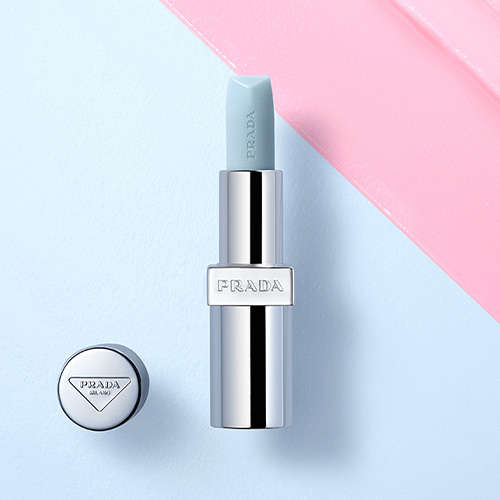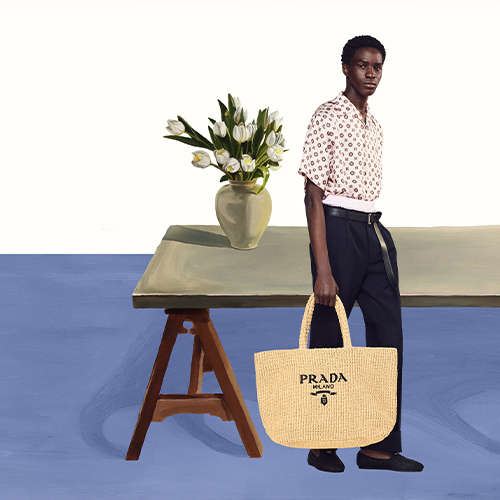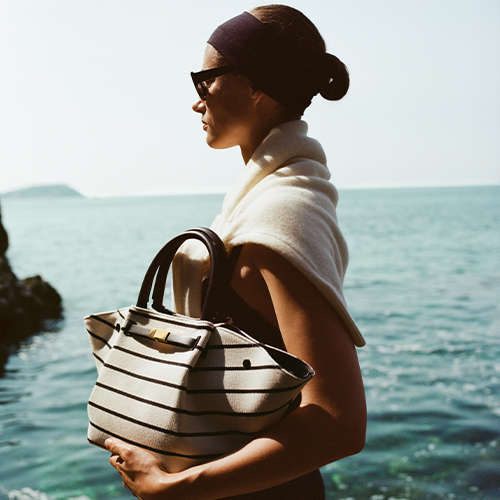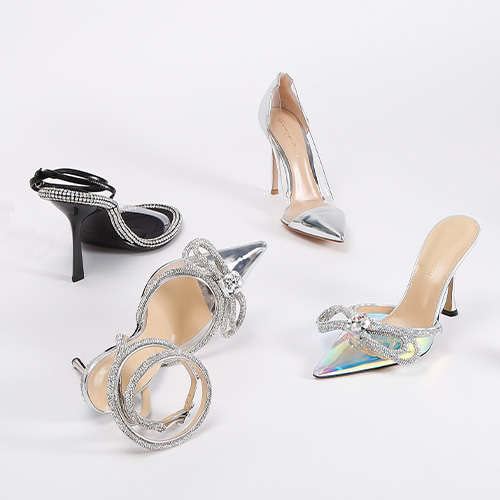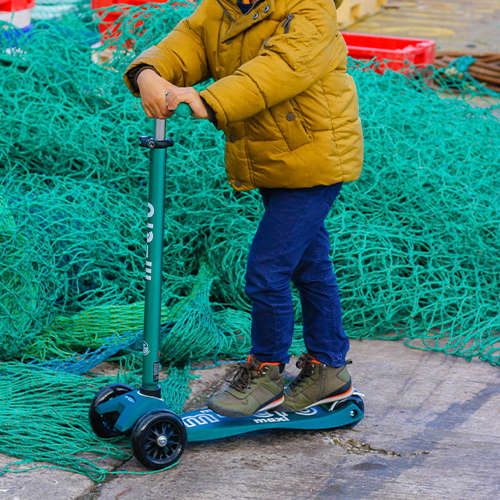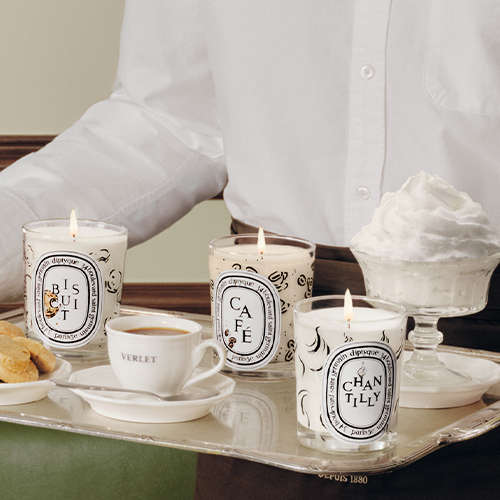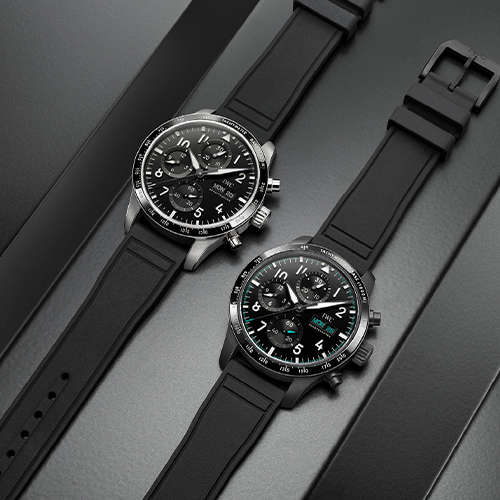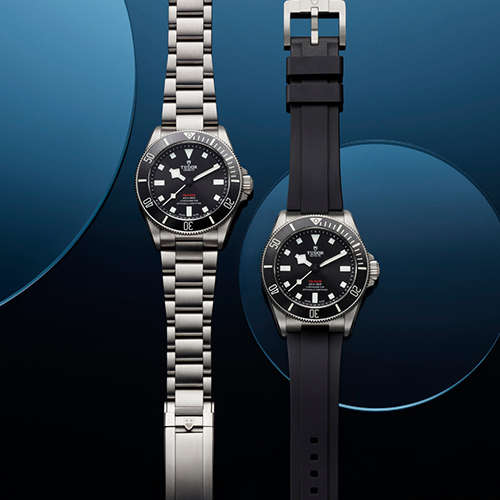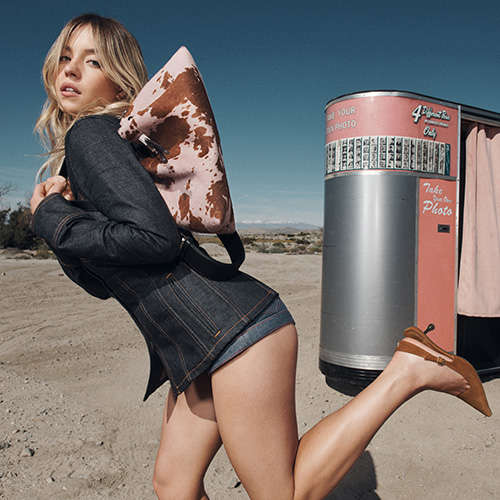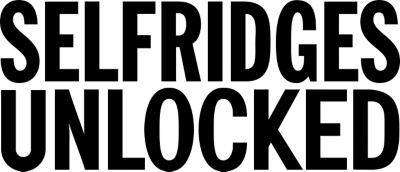- Australia / AUD $
- Canada / CAD $
- China / CNY ¥
- France / EUR €
- Germany / EUR €
- Hong Kong SAR China / HKD $
- Ireland / EUR €
- Italy / EUR €
- Japan / YEN ¥
- Kuwait / USD $
- Macao SAR China / HKD $
- Netherlands / EUR €
- Qatar / USD $
- Saudi Arabia / USD $
- Singapore / SGD $
- South Korea / KRW ₩
- Spain / EUR €
- Taiwan / TWD $
- United Arab Emirates / USD $
- United Kingdom / GBP £
- United States / USD $
- Not yours? Read more
Tell us what you think
Shop in your local currency and language
You are currently in United Kingdom GB / GBP £ store
- English
- English
- English
- English
- English
- English
- English
- English
- English
- English
- English
- English
- English
- English
- English
- English
- English
- English
- English
- English
- English
Did you know that we deliver to 130 countries or regions and offer a range of delivery options to suit you wherever you are in the world? Find out more
Sign up once to our Selfridges+ service and you can enjoy unlimited deliveries wherever you are in the world. FIND OUT MORE
International delivery
With almost everything on selfridges.com available for International Delivery, you can send your order to 130 countries or regions around the world, including North America, Australia, the Middle East and China.
Although we only offer 20 currencies to browse in online, you can still deliver to all of the following countries or regions:
- Algeria
- Andorra
- Antigua and Barbuda
- Aruba
- Australia
- Austria
- Azerbaijan
- Bahrain
- Bangladesh
- Barbados
- Belarus
- Belgium
- Belize
- Bermuda
- Bolivia
- Botswana
- Brunei
- Bulgaria
- Cambodia
- Canada
- Cayman Islands
- Chile
- China
- Colombia
- Costa Rica
- Croatia
- Cyprus
- Czech Republic
- Denmark
- Dominica
- Dominican Republic
- Ecuador
- Egypt
- El Salvador
- Estonia
- Finland
- France
- French Guiana
- Germany
- Gibraltar
- Greece
- Grenada
- Guadeloupe
- Guatemala
- Guernsey
- Guyana
- Honduras
- Hong Kong
- Hungary
- Iceland
- India
- Indonesia
- Ireland
- Israel
- Italy
- Jamaica
- Japan
- Jersey
- Jordan
- Kazakhstan
- Kenya
- Kuwait
- Laos
- Latvia
- Lebanon
- Lesotho
- Liechtenstein
- Lithuania
- Luxembourg
- Macau
- Malaysia
- Maldives
- Malta
- Martinique
- Mayotte
- Mexico
- Monaco
- Montserrat
- Morocco
- Myanmar
- Namibia
- Netherlands
- New Zealand
- Nicaragua
- Nigeria
- Norway
- Oman
- Pakistan
- Panama
- Paraguay
- Peru
- Philippines
- Poland
- Portugal
- Puerto Rico
- Qatar
- Reunion
- Romania
- Rwanda
- Saint Kitts and Nevis
- Saint Lucia
- Saint Martin (French part)
- San Marino
- Saudi Arabia
- Serbia
- Singapore
- Slovakia
- Slovenia
- South Africa
- South Korea
- Spain
- Sri Lanka
- Suriname
- Swaziland
- Sweden
- Switzerland
- Taiwan
- Tanzania
- Thailand
- Trinidad and Tobago
- Turkey
- Uganda
- Ukraine
- United Arab Emirates
- United Kingdom
- United States
- Uruguay
- Venezuela
- Vietnam
Gareth Pugh
in support of charities The Outside Project and The 343
We’ve teamed up with friend of Selfridges, Gareth Pugh, to support the LGBTQ+ charities and communities close to his heart during this turbulent time. In this film by the renowned designer, we meet the people within these communities who are supporting each other, now, more than ever.
100 per cent of the Selfridges commission payment for the creation of this film has been donated by Gareth to The 343 and The Outside Project. The 343 in Belfast is a feminist-led queer arts space that is leading a mutual aid fund to help individuals within their community who require essential support during this time. The Outside Project is a homeless shelter and community arts centre located in Farringdon, London, on the site of an old fire station.
To support these charities, please visit www.soulofamovement.com
In conversation with Gareth Pugh
We spoke to Gareth about the story behind the film.
This work was created in support of two LGBTQ+ charities. How did you come to work with them and what do you admire about the work that they do?
Last summer, we made our first documentary – ‘Soul of a Movement’ – that celebrated Queer Resistance in the UK, 50 years on from the Stonewall Uprising in 1969. The film was shot on tour, over several locations in the UK, as we travelled across the country to meet some of the LGBTQ+ artists, activists and allies doing the work on the ground today. As part of that journey, we met first with the team at The 343 in Belfast, and later with The Outside Project in London, both of whom do incredible work in their communities. I guess it was witnessing their selflessness and their commitment that affected me the most. In a world where people often see themselves in the singular, as a ‘brand’, the people we met on the road instead see themselves as part of a community, and I think that’s an example for us all.
Could you tell us about your ‘Soul of a Movement’ piece?
‘Soul of a Movement’ was made to mark the 50th anniversary of the Stonewall Uprising, which had a global impact on queer communities across the world. It marked the moment, when, for the first time, facing police brutality, we fought back. The film looks back at how far we have come in the UK in the last 50 years, but it also serves as an all-out call to action. There is still so much left for us to do. We wanted to remind people that this fight is our fight, and it’s far from over. We wanted to present that idea in a really modern, direct way, that hits you right between the eyes. I guess, in that sense, we approached it in the same way as we approach our fashion shows – there was no room for unicorns and rainbows. We wanted it to have teeth.
How can creativity aid societal change?
I think that culture, which is fed by creativity, represents the tip of the spear. When you consider the systems of oppression that surround people every day, they’re always based in formal institutions. But it’s in the informal settings that culture is created – so the universities, cultural institutions, the streets – that’s where the people are and that’s where you can change things. We always go back to that quote from [American politician] Alexandria Ocasio-Cortez: “You meet a machine with a movement.” And artist Jenny Holzer’s words: “Use what is dominant in a culture to change it quickly.” You just have to look back through history, when culture and activism get in formation – that’s when you can really skewer the establishment.
I think the most important thing to remember is that you are not alone. Everyone is in the same boat. Our lives have been turned upside down, but if you’re healthy, you’re lucky, and you have to sit with that.
Many of the individuals that feature in this series of films describe themselves as “queer activists”. What does it mean to be a queer activist in 2020?
Outside of the context of the film, I think, as a term, it’s overused. That said, there are so many young people that appear in ‘Soul of a Movement’ who are purposefully looking back to the founders of our movement and asking: what did they hope for? Was it to see the big banks and Serco and the Home Office marching at our Pride, while our grassroots charities and organisations are sidelined? I doubt it. It’s amazing to see those same young people connect with the more radical aspect of our [human] nature and lead that revival. For me, personally, it’s been about recognising our privilege, and being led by these young people. There is an amazing quote by the artist Lilla Watson that appears in the film that says: “If you have come to help me, you are wasting your time. But if you have come because your liberation is bound up with mine, then let us work together.” I think that says it all, to be honest.
What advice would you give to readers who are feeling alone during this period of isolation?
I think the most important thing to remember is that you are not alone. Everyone is in the same boat. Our lives have been turned upside down, but if you’re healthy, you’re lucky, and you have to sit with that. I find it fascinating that something so catastrophic and levelling has actually unearthed who we really are. For the first time in a long time, frontline workers and the people that actually hold the country together are getting the respect they deserve. It’s a shift in the paradigm. Anything can happen moving forward – we can either come together and refuse to take up old habits, or wait for it to pass and fall back asleep again. Only time will tell.
First and foremost, you are a fashion designer, yet you often use film to present your collections. What is great about film as a medium?
As a designer, film helps me to achieve a few key aims: to show my clothes in motion rather than framed in static imagery can be more satisfying, and as a Virgo, it’s fun to control what people do (and don’t) see of the work. But it can also add a totally different element to a live show. We’ve never really relied on a heavy set build for a show and so finding the right venue is something we invest a huge amount of time and energy in, as it really sets the scene. Adding film to a live show can help communicate a deeper narrative. Whichever way you cut it, there is a limit to the story you can tell with a standard fashion show, so film helps us to push things further. It also helps me to connect with a much larger audience than a standard show.
You were a key member of the art collective !WOWWOW! while your work often references communities that exist ‘outside’ the mainstream – what draws you to this?
I embrace the idea of an outsider society – that’s where the energy is. That’s where the ideas lie.
How has your creative relationship with Selfridges grown over the years? What are some of your favourite collaborative projects?
I used to work on the floor in men’s contemporary, selling Dior back when I was at Central Saint Martins, so it certainly tickles me that Selfridges is still part of my life, 20 years later. I think, with any relationship, it’s about building a level of trust, and that can only really come with time. We’ve been able to do some really great things at Selfridges, but only because there is that particular sort of trust there. From our week-long takeover of The Corner Shop, to our last London show at the Old Selfridges Hotel, through to the many exhibitions, windows and in-store installations we’ve been part of over the years – it’s been quite the ride.

